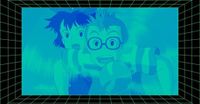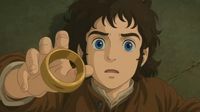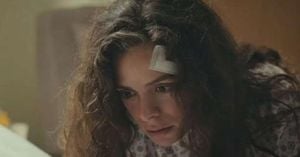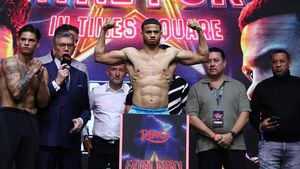In a bold move that has stirred both excitement and controversy, OpenAI recently rolled out an update to its GPT-4o model, enabling the generation of high-quality images. This development has led to an explosion of creativity as users employ the tool to transform photographs into illustrations reminiscent of the beloved style of Hayao Miyazaki’s Studio Ghibli films. However, this innovation has not come without its critics, who are voicing concerns over intellectual property rights and the implications for artistic integrity.
Since the announcement, social media platforms have been flooded with creations that showcase the tool's capabilities. From whimsical depictions of friends at the beach to surreal interpretations of historical events, the AI-generated images have captivated audiences. Yet, the excitement has been tempered by backlash, particularly regarding the ethical implications of using Studio Ghibli's aesthetic. Critics argue that OpenAI's foray into this territory raises significant questions about copyright and the value of human creativity.
Notably, Hayao Miyazaki himself has previously expressed disdain for AI technologies, famously stating that AI is an "insult to life itself." This sentiment echoes the feelings of many who believe that the essence of artistic creation lies in the human experience, something that machines cannot replicate. The conversation around this topic has intensified, especially as the White House recently tweeted a Ghiblified image of an immigrant being detained, further igniting debates about the appropriateness of using such imagery in political discourse.
In a recent interview, Ian Bogost, a distinguished professor at Washington University in St. Louis, shared his perspective on the situation. He articulated that while the images generated by AI might not be inherently evil, they could be perceived as lacking depth or authenticity. "You could construe them as ugly, although they’re also beautiful," he remarked, highlighting the complexity of the discourse surrounding AI art.
Bogost pointed out that the rapid production capabilities of AI tools significantly alter public perception. Unlike traditional fan art, which is often celebrated for its human touch, AI-generated images can be created en masse, leading to a diluted sense of value. "People who otherwise might hate copyright seem to love it now," he noted, as artists grapple with the implications of having their styles replicated by machines.
As the conversation unfolds, it becomes clear that the use of AI in art is not merely a technical issue but a cultural one. The phenomenon of Ghibli-fying images has sparked a new wave of internet memes, where the appeal lies not just in the visuals but in the novelty of the technology itself. Bogost emphasized that these images are designed for social media engagement, raising questions about the motivations behind their creation. "These days, that accusation is equivalent to selling out," he stated, suggesting that the quest for virality can overshadow artistic intent.
In a parallel discussion, some creators are pushing the boundaries of AI in more ambitious projects. For instance, PJ Ace recently shared a re-rendered trailer for Peter Jackson’s "Lord of the Rings" trilogy, envisioned through the lens of Studio Ghibli's animation style. This project, which took nine hours and cost $250 to produce, has garnered mixed reactions. While some viewers praised the effort, others criticized the execution, pointing out that the animation lacked the finesse and emotional depth characteristic of Ghibli films.
Critics have noted that the reimagined trailer features stilted animation, flat colors, and awkward character expressions, leading to a perception that the Ghibli aesthetic has been diluted. PJ Ace himself acknowledged the challenges of using AI to recreate such a beloved style, suggesting that the limitations of current technology can hinder the creative process. "For just $50 more, I could have purchased the entire 22-film World of Studio Ghibli Blu-ray bundle," he reflected, hinting at the value of authentic storytelling over AI-generated content.
As discussions continue, the intersection of AI and art remains a contentious issue. Proponents of AI-generated art argue that it democratizes creativity, allowing more people to engage with artistic expression. However, detractors emphasize the importance of preserving the unique qualities that define human artistry. The debate is not merely about the technology itself but about what it means to create and appreciate art in an age where machines can mimic human creativity.
Ultimately, the emergence of tools like GPT-4o and Sora represents a significant shift in the creative landscape. As AI becomes increasingly capable of producing visually stunning images, the challenge lies in navigating the ethical implications and preserving the integrity of artistic expression. The conversation surrounding these developments is likely to evolve, as artists, technologists, and audiences grapple with the complexities of creativity in the digital age.
As Ian Bogost aptly suggested, the public should approach these AI-generated images with curiosity rather than immediate judgment. Engaging with the nuances of this technology may lead to a deeper understanding of its impact on culture and creativity. The future of art may well depend on how society reconciles the capabilities of AI with the irreplaceable value of human experience.





